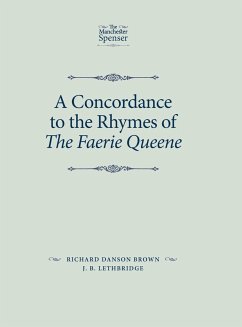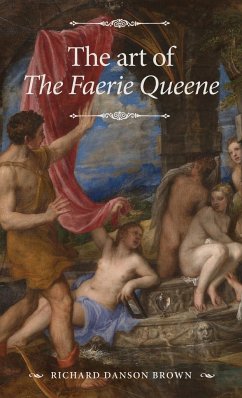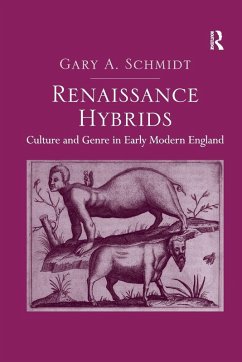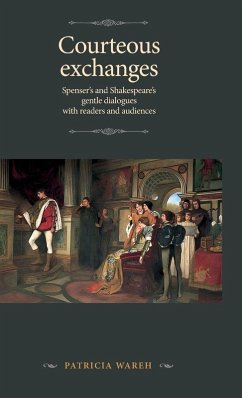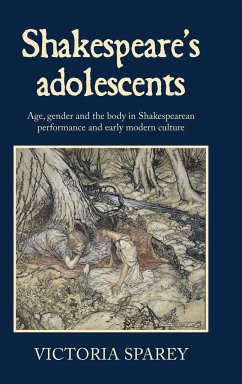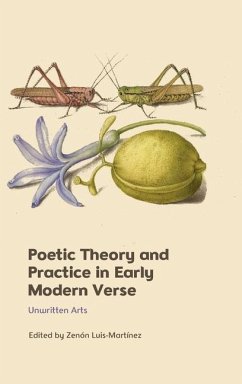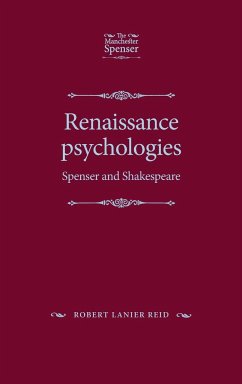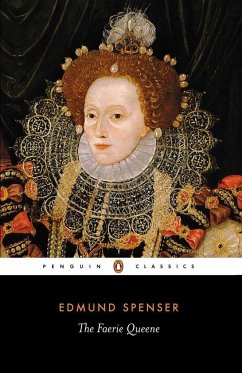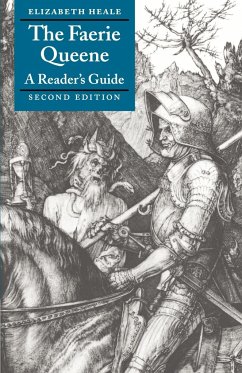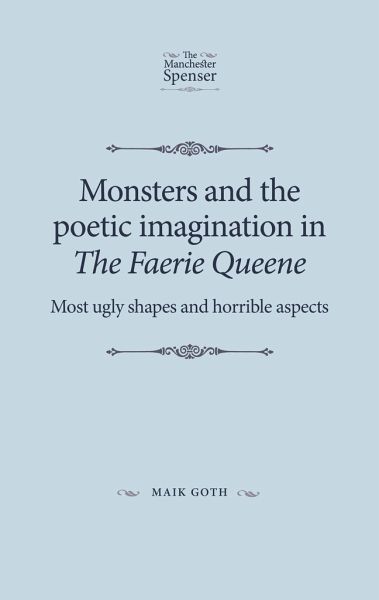
Monsters and the Poetic Imagination in the Faerie Queene
'Most Ugly Shapes, and Horrible Aspects'
Versandkostenfrei!
Versandfertig in über 4 Wochen
128,99 €
inkl. MwSt.
Weitere Ausgaben:

PAYBACK Punkte
64 °P sammeln!
"The book combinates an inventory of Spenser's creatures with a study of the poem as a monstruos artefact. It first offers a taxonomic account of the monsters in The Faerie Queene, which analyses them along systematic and anatomical parameters. It then treats monsters and monstrous beings as signs interacting with the early modern discourse on the autonomous poet, who creates a secondary nature through the use of his transformative imagination and fashions monsters as ciphers that need to be interpreted by the reader."



